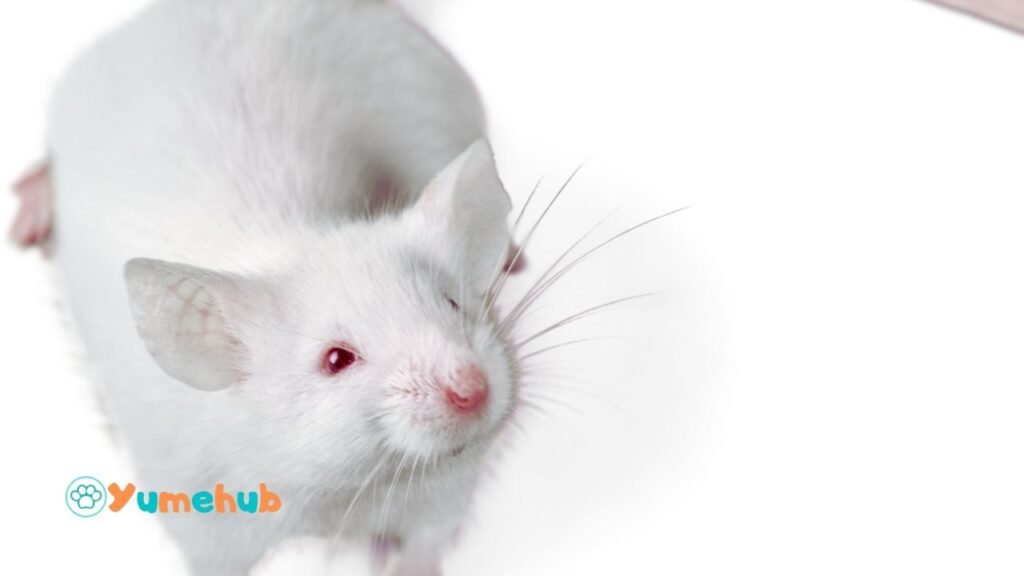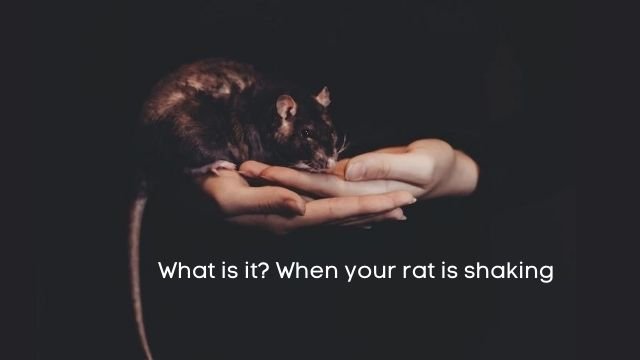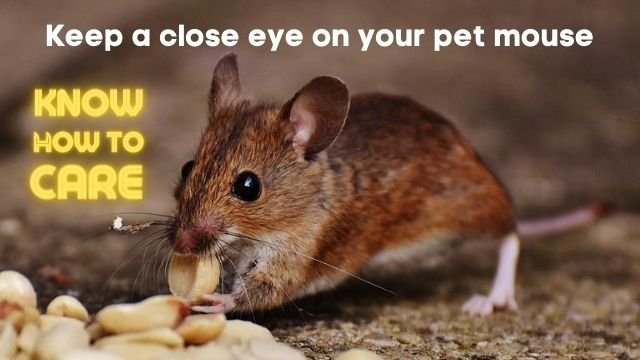Body language plays a significant role in understanding a person. The same goes for animals, too—all the animals in the animal kingdom exhibit different body language. A dog wagging its tail is often considered as a symptom of loyalty, but the same does not go with all the animals.
Animals usually follow a pattern in their life. Either they fight or flight. It also depends on the situation and their surroundings. Some animals like cats shake their tail at times when they are irritated. Small animals like mouse also at times shiver and your pet mouse can shake at times.

When a mouse is shaking, First and Foremost, it’s taker should not be panicked. Take a deep breath and read this article. We have done deep research and hope we have made your work easy.
Why Is My Pet Mouse Shaking?
If you’ve noticed your pet mouse shaking, it can be a concerning experience for any owner. Understanding the potential reasons behind this behavior is crucial for ensuring your pet’s health and well-being. Below are some common factors that could lead to shaking in mice.
1. Temperature Sensitivity
Mice are small creatures and can be quite sensitive to temperature fluctuations. If your mouse is shaking, it might be feeling cold. Ensure that the environment is warm enough, ideally between 68°F to 72°F (20°C to 22°C).
Providing proper bedding and a cozy hiding spot can help your mouse maintain a comfortable temperature.
2. Stress or Fear
Mice are prey animals, and shaking can be a sign of stress or fear. Changes in their environment, loud noises, unfamiliar handling, or the presence of predators (like cats or dogs) can induce shaking. If your mouse is new to your home, give it time to acclimate and create a calm, secure environment to reduce stress.
3. Illness or Injury
Shaking can be an indicator of an underlying health issue. Conditions such as respiratory infections, neurological disorders, hypoglycemia (low blood sugar), or even pain from an injury can cause trembling.
If the shaking persists or is accompanied by other symptoms such as lethargy, loss of appetite, or unusual behavior, it’s essential to consult a veterinarian.
4. Nutritional Deficiencies
Mice require a balanced diet for optimal health. A lack of essential vitamins and nutrients can lead to shaking. Ensure your mouse is receiving a proper diet, including high-quality pellets, fresh fruits, and vegetables. If you suspect dietary issues, consider reviewing its food intake or consulting with a vet.
5. Normal Behavior
In some cases, mild shaking can simply be a normal behavior. Mice may tremble during excitement or play, especially when exploring new surroundings or engaging with their environment. Observing the context in which the shaking occurs will help determine if it is normal or concerning.
Reasons of your pet mouse shaking
Fight mode on:
This might be quite surprising, but the reality is such. Not all male mice get along with each other very well. On seeing another animal of its same kind, the mice usually feel irked. It wants to fight with the other to make sure that the other is not going to stay around.
When you figure out your mice shaking its tail then it is a clear indication that they are not comfortable with each other. In due course of time, the condition might change. They might end up being friendly with each other and stop shaking their tail.
Unwanted disturbance
A mouse shakes its tail not only to assure its presence, but it also shakes its tail whenever he spots an unwanted disturbance or any unwanted activity disturbing him.At times they feel so irritated that they also make a noise to say that they are annoyed.
When the mouse shakes its tail and makes a noise, then for sure, it is irritated and annoyed. Find out the cause of its irritation and eliminate it to make your pet mouse happy.
Rats need proper sleep and comfort, there are amazing mouse bedding available to buy to give your pet rat a touch of luxury and great health.

Territory marking:
As I mentioned above, no two male mice get along with each other very well. Usually, mice live in groups. They get compatible with each other when they are bred together from the beginning. If they find someone new in their group, they shake their tail vigorously to make sure that this territory is it’s own and not of the intruder mouse.
The same situation might not be the same as two female mice. Females get along with each other quickly. A male mouse with many female mice also will not cause many problems. But two male mice together will create territory marking issues and make their fight mode on and shake its tail.
Displeasure with human:
A mouse may, at times, feel irritated by the mere presence of yours. It may not like you being around with it. It may feel insecure and needs some time to get compatible with you. At times feeding it may even cause you a free bite by your mouse.
Be safe around it when it shakes its tail. Understand it and give him enough time to get compatible with you.
Need for water:
At times a mouse sensing a new environment may be quite fearful of it. It might not eat or drink properly. It just moves around by shaking itself. Give him an adequate amount of food and water. Let the mouse eat it and fill its appetite, and slowly, on the due course of time, it gets compatible.

Vet consultation:
When you feel that there are no mistakes from your side, and even your mouse keeps shaking, then consult a vet without any hesitation. A vet will find out its reason and sort it out in minutes. All we need is our pets’ well being.
Conclusion
Understanding why your pet mouse is shaking can help alleviate your worries and promote its well-being. By assessing its environment, monitoring for signs of illness, ensuring a proper diet, and fostering a comfortable living space, you can significantly improve your mouse’s quality of life.
If you ever feel uncertain about your pet’s health, remember that reaching out to a veterinarian is always a good step to ensure your furry friend stays happy and healthy.

